Catherine II, known as Catherine the Great, was the Empress of Russia from 1762 to 1796. She was born on April 21, 1729, in Stettin, in present day Poland, the daughter of a German prince. At 16 she converted to the Orthodox faith and married the future Tsar of Russia, Peter III.
The marriage proved unhappy. Peter’s harshness and cold character clashed with her refined nature.
When Empress Elisabeth died in January 1762, Peter was crowned Tsar. Less than six months later, however, he was deposed as a result of a palace plot. Catherine took his place on the throne on June 20, 1762. The following month, Peter was assassinated. Catherine’s role in the conspiracy to depose and murder him would remain a mystery.
Cultivated and refined, Catherine set about modernizing the country in order to close the gap between it and the other great European powers. She instituted schools and orphanages, built hospitals and pharmacies, and supported the Academy of Fine Arts.
Inspired by the work of Enlightenment thinkers like Beccaria and Montesquieu, she set out to revise Russia’s judicial and legislative bodies. In 1767 she held a commission that brought together representatives from every social class, except for the clergy and the so-called “serfs,” peasants forced to work in conditions very similar to slavery. But her commission failed to change things. Russia was still too different from the Europe that had inspired Catherine.
A few years later, Catherine faced a serf uprising lead by Yemelyan Pugachev, an ex-soldier who claimed to be Tsar Peter III and to have survived the palace intrigue.
Pugachev’s army fought for more than a year. He was finally arrested and put to death in January of 1775.
Afraid of another uprising, Catherine strengthened her ties with the aristocracy. She separated her large empire into autonomous provinces and districts, entrusting nobles to govern them. Over the years, she granted the aristocracy more and more privileges, giving them absolute control over serfs.
As a part of her foreign policy, Catherine formed an alliance with Austria and Prussia to partition Poland, enlarging Russia’s western borders.
She waged two wars against the Ottoman empire. They resulted first in the independence of Crimea, and then in Russian annexation of the same territory.
At the same time, Catherine successfully defended her country against Sweden, which tried to take back territories on the Baltic Sea.
Catherine died on November 17, 1796. She was 67. She had successfully continued the work of Peter the Great, reinforcing Russia’s imperial power and giving it a leading role among the European powers.
The marriage proved unhappy. Peter’s harshness and cold character clashed with her refined nature.
When Empress Elisabeth died in January 1762, Peter was crowned Tsar. Less than six months later, however, he was deposed as a result of a palace plot. Catherine took his place on the throne on June 20, 1762. The following month, Peter was assassinated. Catherine’s role in the conspiracy to depose and murder him would remain a mystery.
Cultivated and refined, Catherine set about modernizing the country in order to close the gap between it and the other great European powers. She instituted schools and orphanages, built hospitals and pharmacies, and supported the Academy of Fine Arts.
Inspired by the work of Enlightenment thinkers like Beccaria and Montesquieu, she set out to revise Russia’s judicial and legislative bodies. In 1767 she held a commission that brought together representatives from every social class, except for the clergy and the so-called “serfs,” peasants forced to work in conditions very similar to slavery. But her commission failed to change things. Russia was still too different from the Europe that had inspired Catherine.
A few years later, Catherine faced a serf uprising lead by Yemelyan Pugachev, an ex-soldier who claimed to be Tsar Peter III and to have survived the palace intrigue.
Pugachev’s army fought for more than a year. He was finally arrested and put to death in January of 1775.
Afraid of another uprising, Catherine strengthened her ties with the aristocracy. She separated her large empire into autonomous provinces and districts, entrusting nobles to govern them. Over the years, she granted the aristocracy more and more privileges, giving them absolute control over serfs.
As a part of her foreign policy, Catherine formed an alliance with Austria and Prussia to partition Poland, enlarging Russia’s western borders.
She waged two wars against the Ottoman empire. They resulted first in the independence of Crimea, and then in Russian annexation of the same territory.
At the same time, Catherine successfully defended her country against Sweden, which tried to take back territories on the Baltic Sea.
Catherine died on November 17, 1796. She was 67. She had successfully continued the work of Peter the Great, reinforcing Russia’s imperial power and giving it a leading role among the European powers.
RELATED


FIDEL CASTRO


THE COUNT-DUKE OF OLIVARES
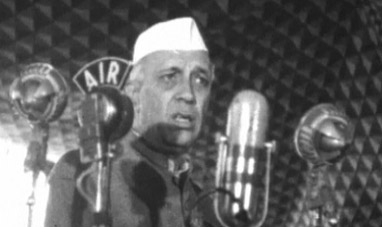

JAWAHARLAL NEHRU


FRÄULEIN DOKTOR


CECIL RHODES
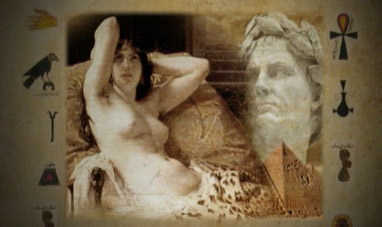

CLEOPATRA


MARTIN LUTHER KING
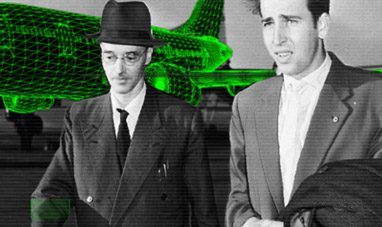

KLAUS EMIL FUCHS
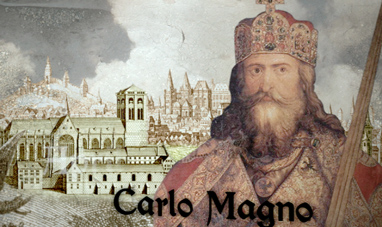

CHARLEMAGNE


DWIGHT EISENHOWER


ENZO FERRARI
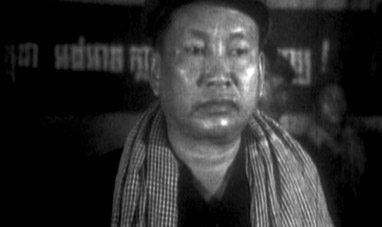

POL POT
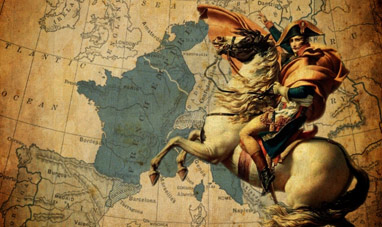

NAPOLEON BONAPARTE
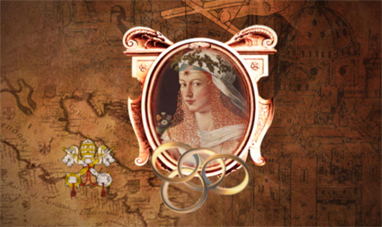

LUCREZIA BORGIA
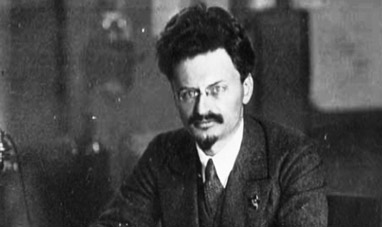

TROTSKY
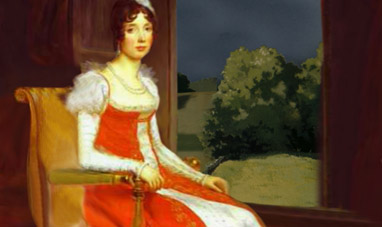

SISSI, EMPRESS OF AUSTRIA
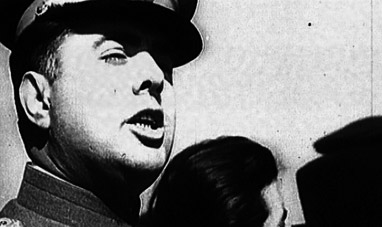

ENVER HOXHA


KARL LIEBKNECHT


JUSTINIAN I
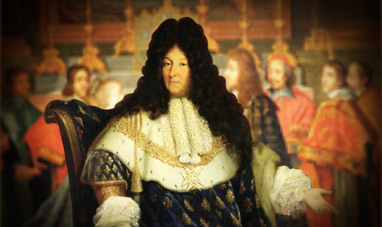

LOUIS XIV, THE SUN KING
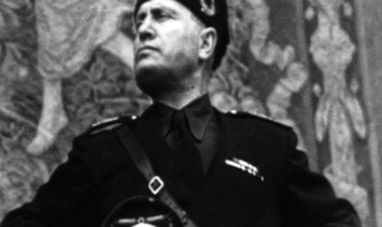

BENITO MUSSOLINI
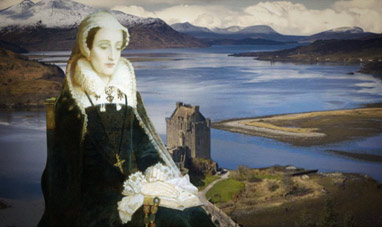

MARY STUART


GORDON ARNOLD LONSDALE
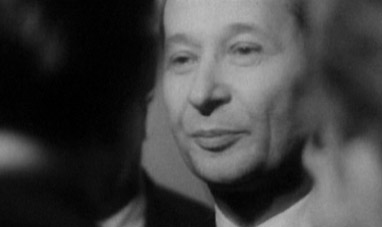

ALEXANDER DUBCEK
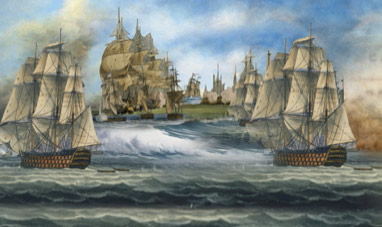

ZHENG HE
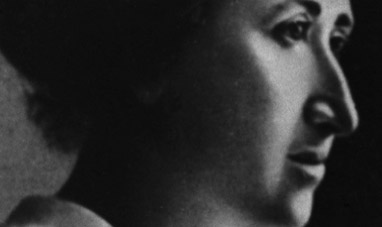

ROSA LUXEMBURG


ANDREI ZHDANOV
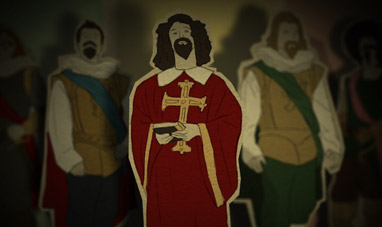

ARMAND-JEAN DU PLESSIS DE RICHELIEU


MARKUS WOLF
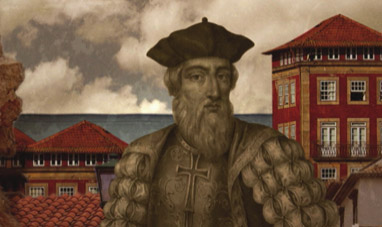

VASCO DA GAMA


RICHARD III
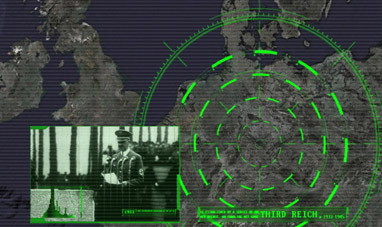

RICHARD SORGE
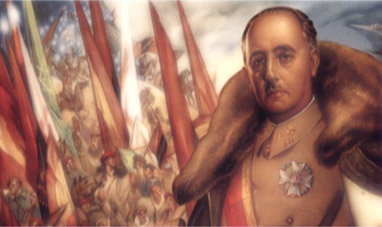

FRANCISCO FRANCO
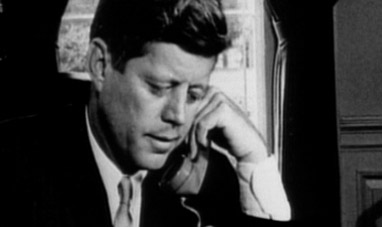

JOHN FITZGERALD KENNEDY


LEANDRO ARAGONCILLO


TUTANKHAMEN
